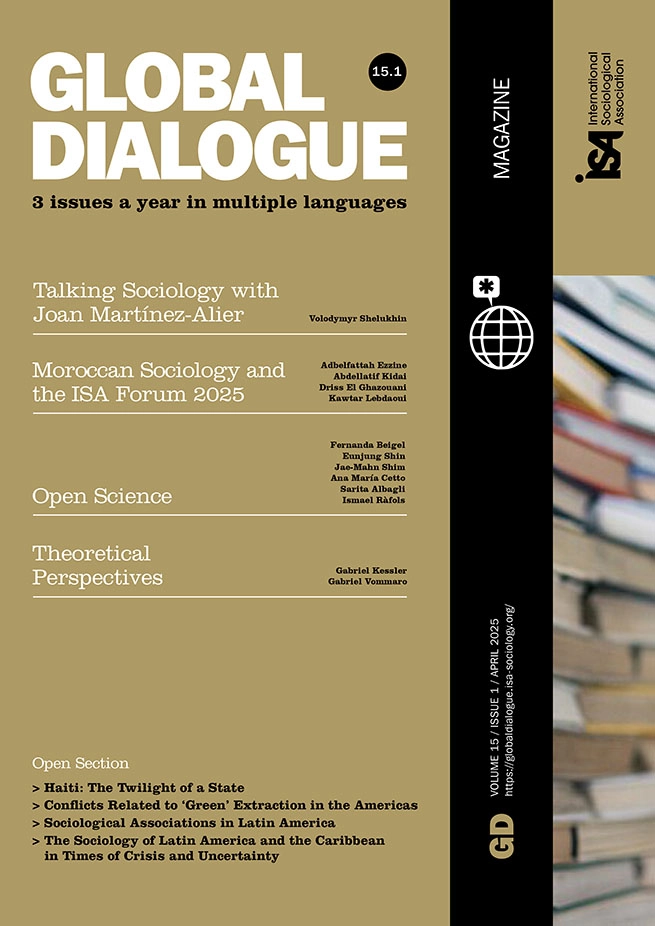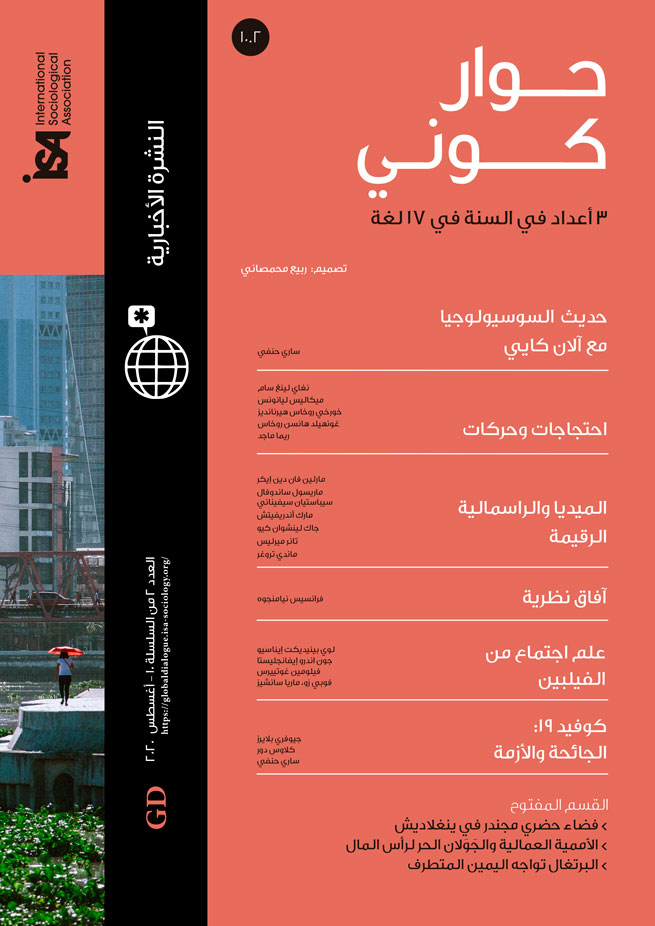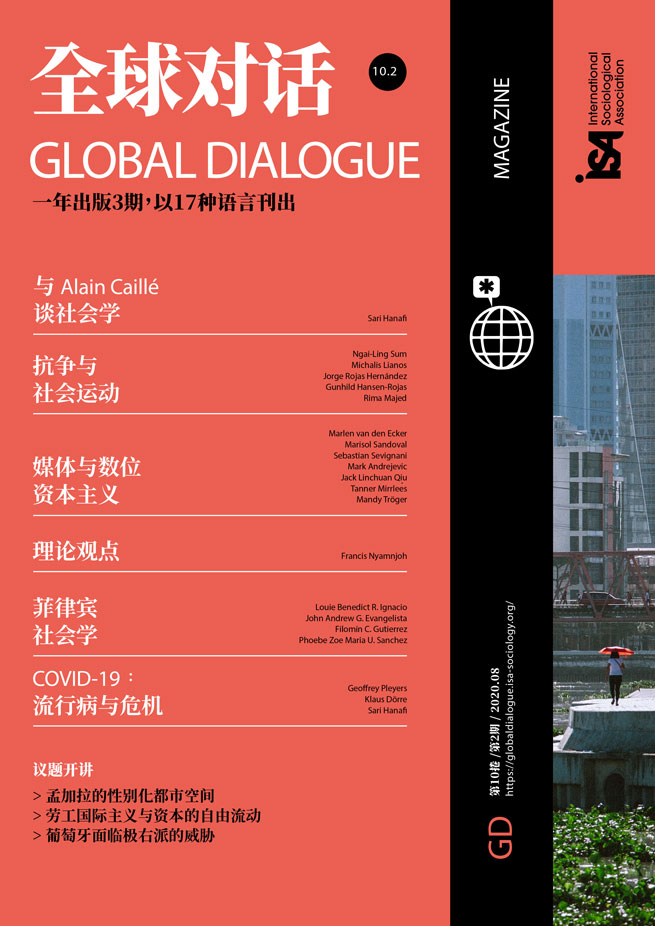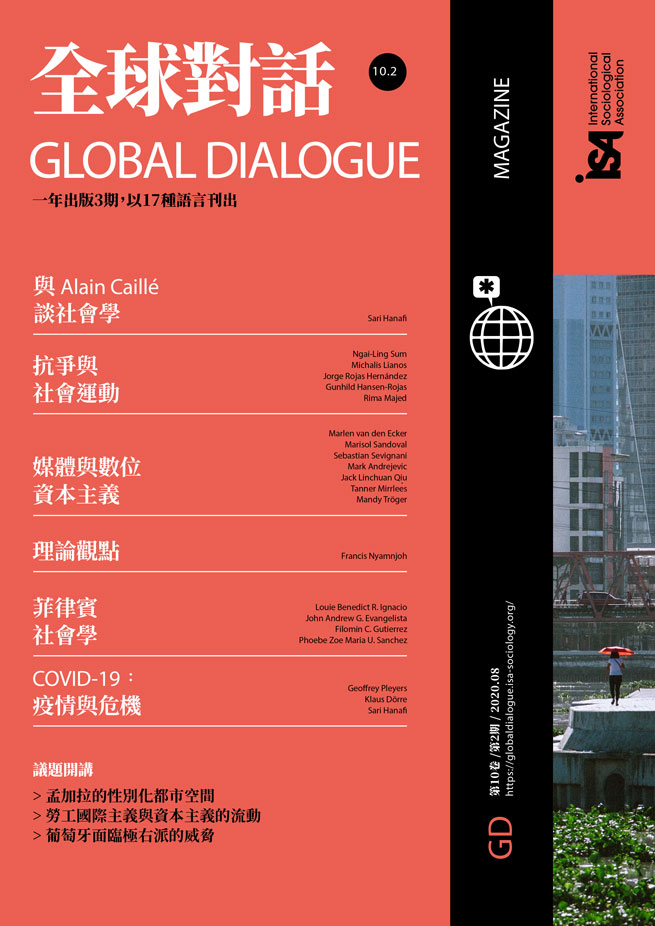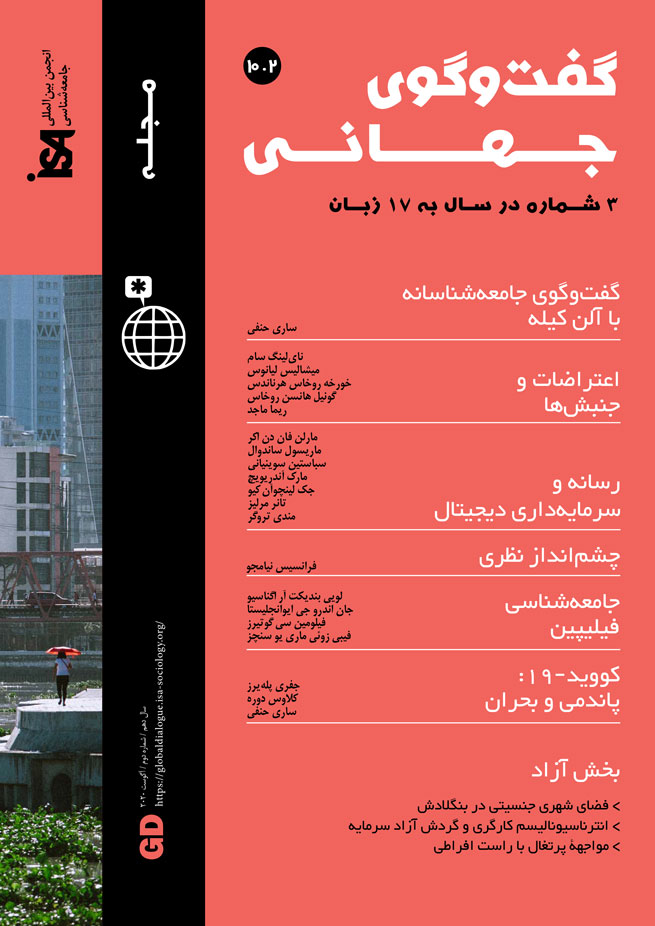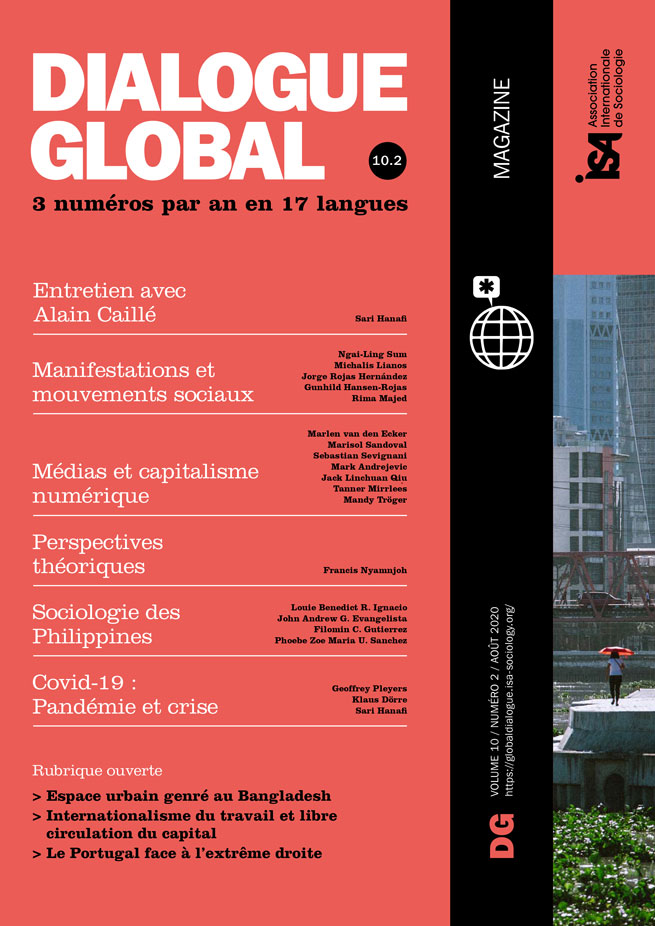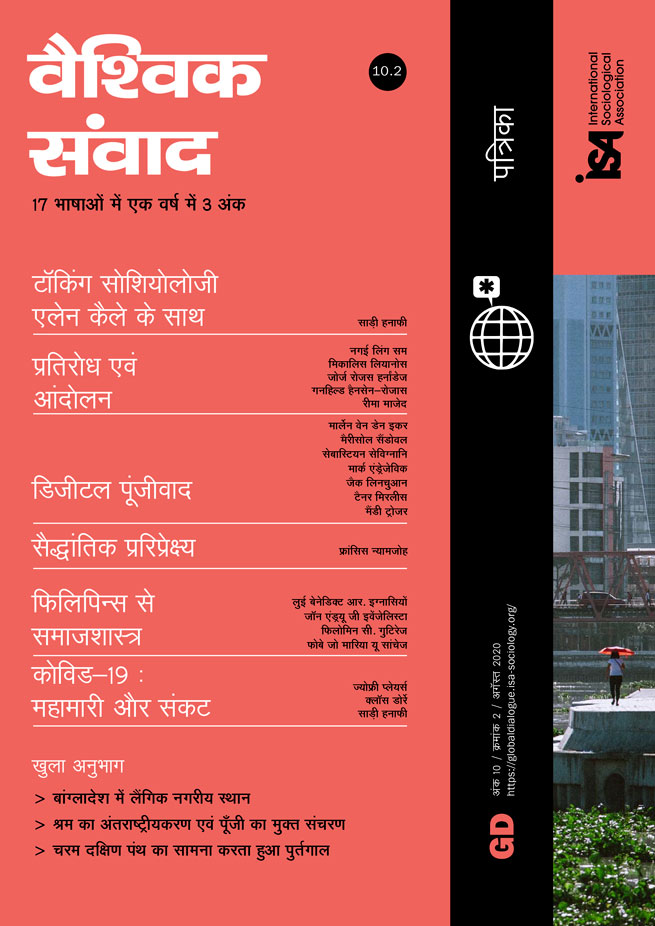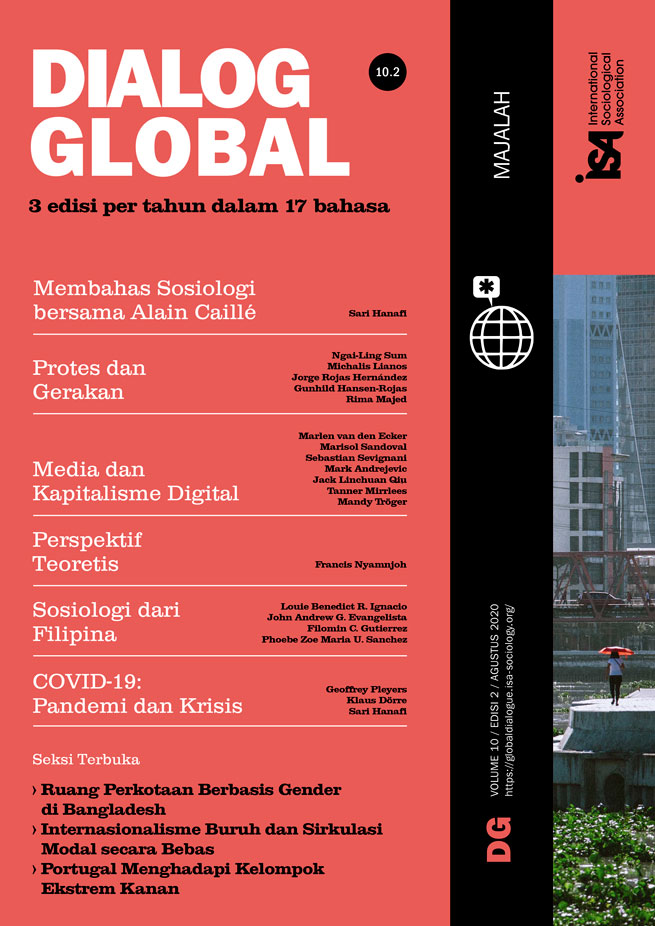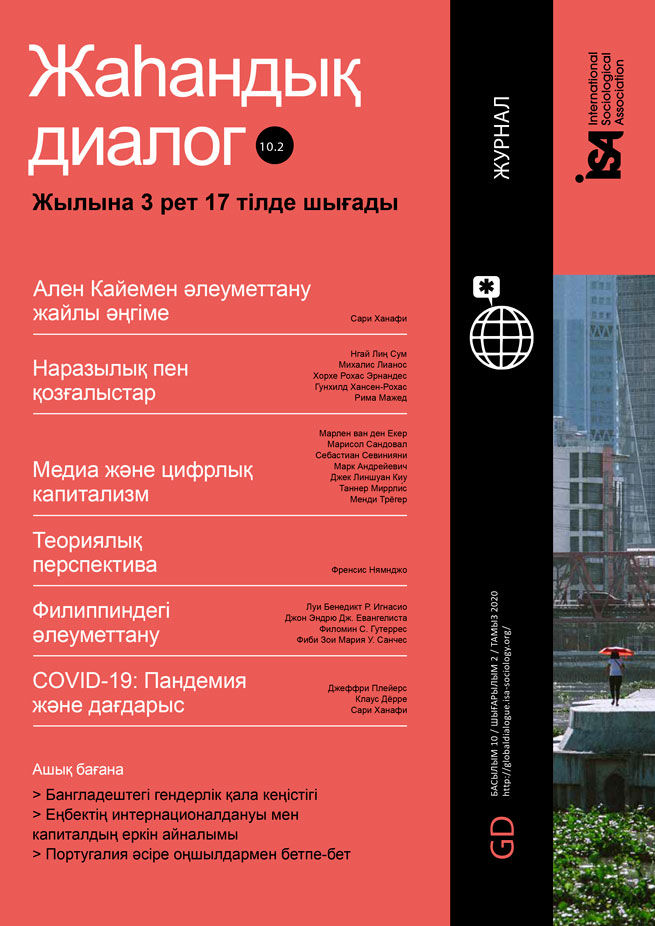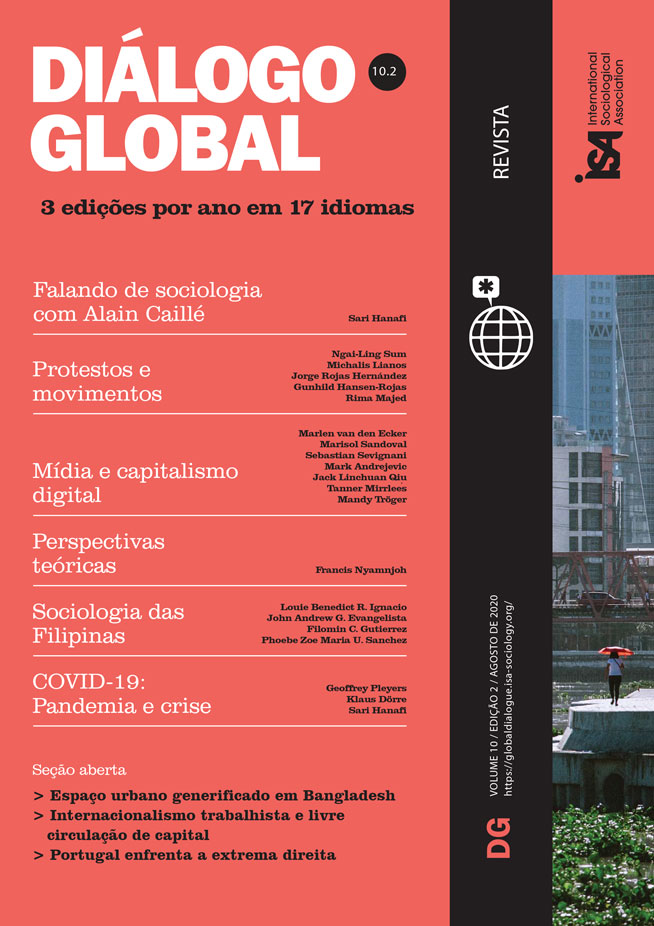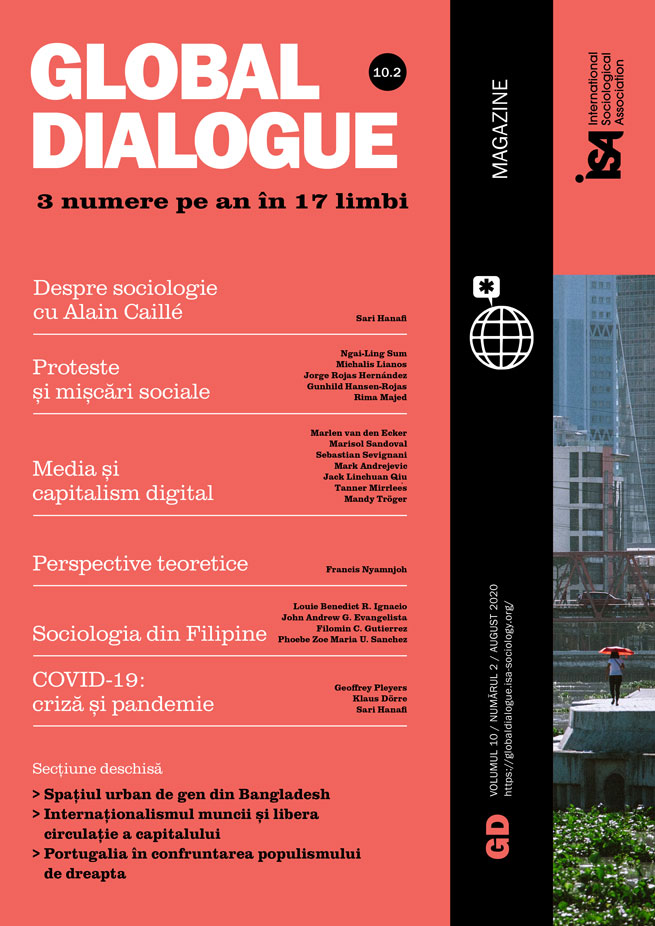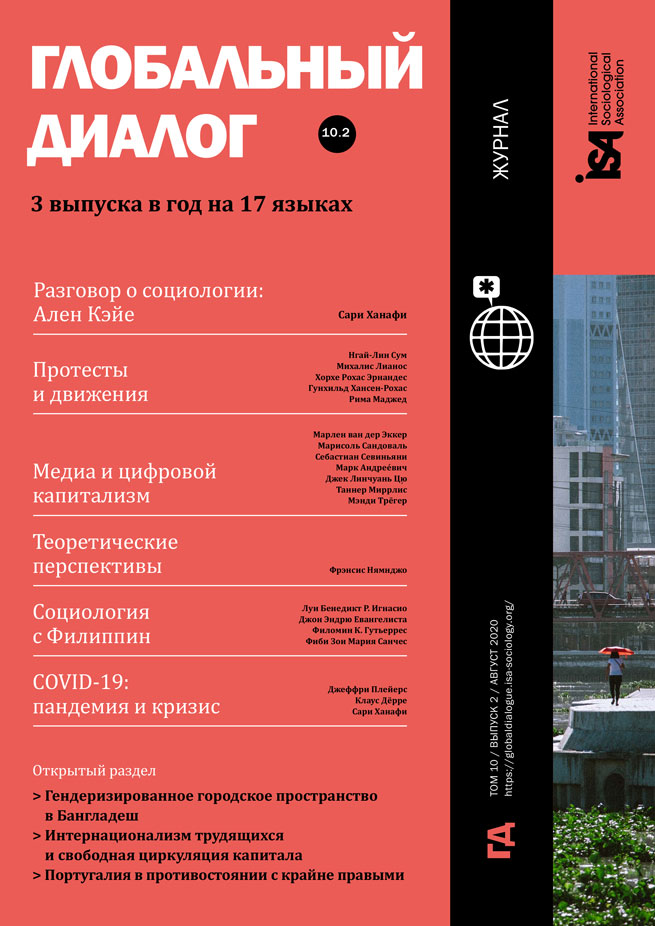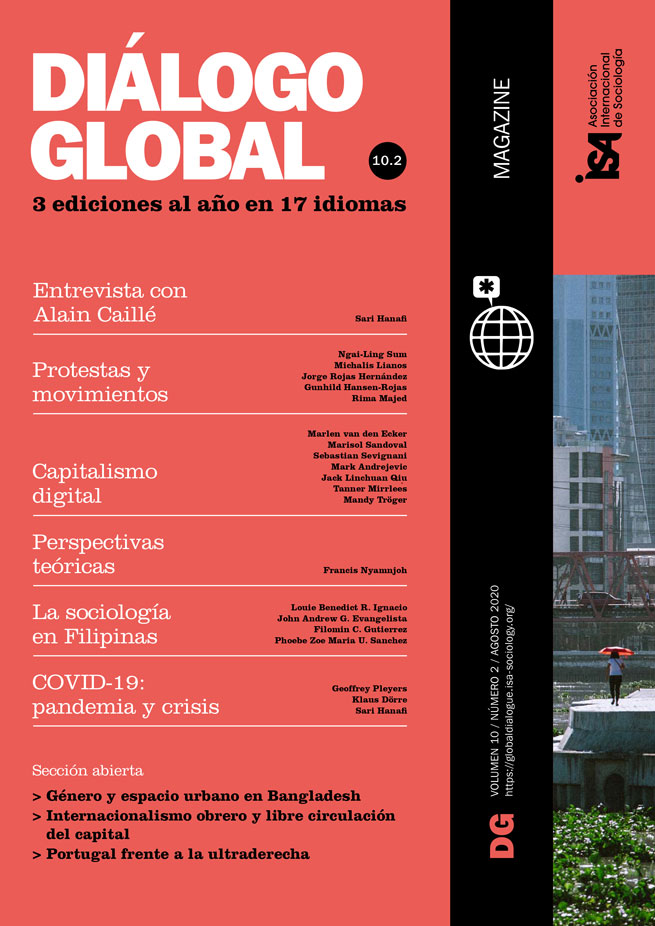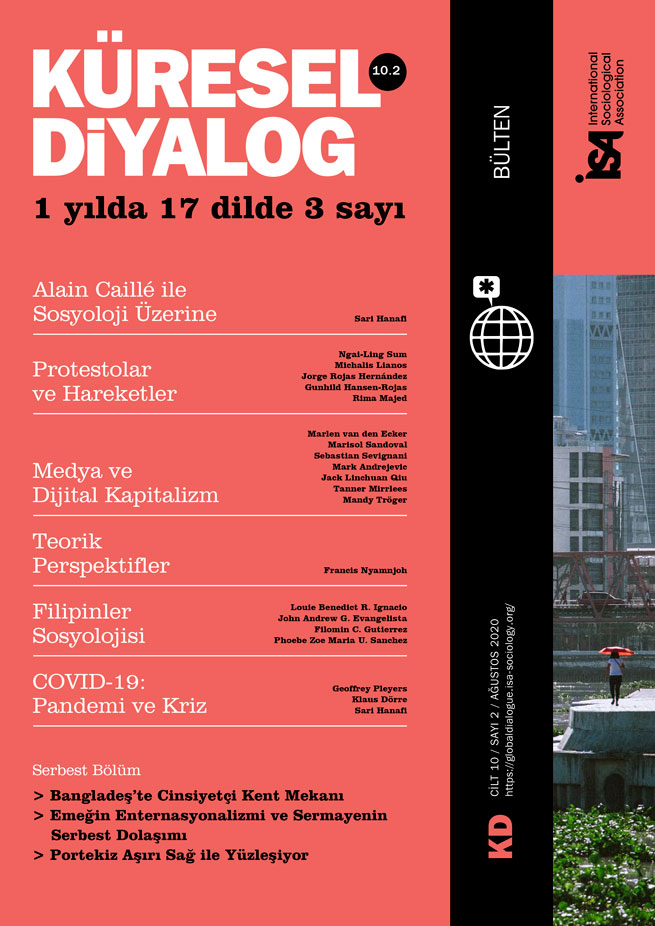With the help of digital media platforms, location-based services, and artificial intelligence (AI), the Chinese government has dramatically strengthened social control over the spatial movement of its people and the evolving geography of its cities and countryside. This article, however, contends that if we shift attention from spatiality to temporality while examining the making and unmaking of China’s digital working class (DWC), we can see that Beijing is losing control. Class is understood here in both Marxist and Weberian senses, which roughly correspond to “times of revolution” and “times of consumption,” respectively.
Revolution and consumption are two opposing modes of temporality: the former being disruptive, collective, anti-capitalist, forward-looking, heroic, and hyper-historical – which I term “spiky time,” borrowing from Richard Florida’s “The World is Spiky”; the latter being continuous, individualistic, neoliberal, presentist, profane, and ahistorical – which is called “flat time,” following Thomas Friedman’s “The World is Flat” thesis.
I choose to focus on China’s working-class population because, compared to other social groups, they tend to live in more plural temporalities. They thus provide a more comprehensive museum of temporal orders that coexist while having internal conflicts, allowing for a dynamic examination of the interplay between spiky time and flat time.
Spiky time and flat time form the two poles of a magnetic field imbued with various temporalities that belong, in Raymond William’s framework, to the residual, the dominant, and the emergent. While flat time is the dominant among most workers in their increasingly digitized everyday life, spiky time in its more or less fragmentary moments lurks among the residual and/or emerges as forces of change, piercing holes in the smooth surface of flat time, aka “timeless time” à la Manuel Castells. While spiky time assists collective struggle and the making of the DWC into a class for itself, flat time hampers class formation by encouraging workers to live in atomized conditions, dream other people’s dreams, and forget that their identities may lead to something unique: working-class solidarity.
The spiky and the flat are also similar. In China, they both run against the temporal linearity that characterizes past regimes, be they Confucian (valuing regress), Buddhist (circular reincarnations), or Modernist (progressive but predictable). While flat time is neither regressive nor progressive nor circular, spiky time is defined by its jagged edge that results from the collision between progress and regress, created through what Stuart Hall calls “politics without guarantees.”
Both spiky time and flat time are powerful because of their synchronicity. Think about the nationwide truck driver strikes against Yunmanman (China’s long-distance truck transportation platform) in 2018, similar to struggles against Uber in western cities but in this case, at the national level; or the annual e-commerce carnival “Singles Day” every November 11, when Chinese consumers of various social classes indulge in a spectacular online shopping spree. Workers can live in flat time 360 days of the year but spend the remaining five days in spiky time usually due to structural causes triggering agentic action.
The key vector that distinguishes the above-mentioned senses of time – spiky or flat, Confucian or Buddhist or Modernist – is what Judy Wajcman refers to as “temporal sovereignty,” i.e., who holds the ultimate power to define temporality. What is the basic unit of time? How do the units relate to each other? What is the meaningful temporal totality?
Whereas traditional senses of time such as the Confucian presume transcendental sovereigns, Modernist temporality is expressed in the Chinese context through statism, be it state-socialist or state-capitalist. The Chinese Communist Party (CCP) is the most obvious Modernist temporal sovereign. Yet both spiky time and flat time defy the state-led temporal regime, creating a vacuum to be filled by non-state actors: corporations for flat time, and activists for spiky time.
Temporality is, of course, never static, especially in China today characterized by secularization, individualization, and increasing mobility. While there is a certain novelty brought by smartphones and Internet cafés, there is in fact more historical continuity than rupture, considering the collective experiences of the Chinese working class from the beginning of the twentieth century.
Usually workers have to go with the flow of whatever time the bosses impose on them – the industrial time of their factory; the flat time of the company that operates their social media. But once in a while, when there is a work injury, when collective grievance arises against management abuse, when the coronavirus outbreak pauses the economy, the existential threats facing the DWC engender an alternative sense of time for which none other than workers themselves become the temporal sovereign. Work slowdown. Stoppage. Sabotage. Wildcat strikes. The class struggle in this digital era is about establishing alternative regimes of worker-owned time: spiky time.
The rise of flat time is a global phenomenon. AI-powered content farms churn out fake news, viral-market nationalistic memes, creating what Adam Greenfield terms the “posthuman everyday.” Flat time is twofold: For consumers, it’s supposed to be “natural,” dictated by the laws of data science and Wall Street. For IT companies, the same time, once captured, is privately owned by the corporations, which manipulate and monetize the time as raw materials for capital accumulation.
But there is something peculiar when the global trend takes root in China: the unexpected retreat of the state. China is among the world’s most powerful state machineries in nationalizing time through not only schools and mass media but also regular political mobilizations during and after the Maoist era. Since Deng Xiaoping’s marketization reform in 1992, the CCP remains central to spatial planning through mega-infrastructures that have started to reach across Eurasia, Africa, and the Americas. However, under Xi Jinping, the authorities have curiously failed to keep their grip on temporality.
The party-state did try. But despite the state’s endeavors, the ultimate power to manipulate temporality has decidedly shifted from public authorities to private corporations. For workers, no government-led campaign has come in any way close to the shopping festival “Singles Day.” Statist time persists in a nearly-residual status. Every day on prime-time TV, the ritualistic display of Xi Jinping, the God-like figure, has become surreally trivial – a single shot of crowds clapping hands at Xi can last several minutes – indicating Modernist statist time has been hollowed out, subsumed by flat time.
For Chinese workers, 2004 marked the return of revolutionary time in the era of the Internet. Three struggles, in the provinces of Shaanxi, Sichuan, and Guangdong, breached the line of information control set by local authorities using online forums and weblogs. Since then, it has become commonplace for digital media-equipped worker-rebels to claim successes, partial or full, over their bosses and authoritarian censors, as seen for instance, during the 2010 Honda Locks strike, the 2014 Yue Yuan shoe factory strike, and the 2018 Jasic struggle.
Let me conclude with a reference to Giorgio Agamben’s “messianic time” vs “chronological time,” his pair of temporalities that parallel the juxtaposition between spiky and flat time. He wrote: “messianic time is not exterior to chronological time: it is, so to say, a portion (una porzione) of chronological time, a portion that undergoes a process of contraction which transforms it entirely.” For China’s DWC, the messianic time is already occurring. With the wide spread of digital media and the predominance of flat time, the genesis of revolutionary time is often invisible to the eye. But the spiky is folded inside the flat. It is precisely at such moments of oblivion when revolutions happen, anytime.
Jack Linchuan Qiu, The Chinese University of Hong Kong <jacklqiu@gmail.com>





